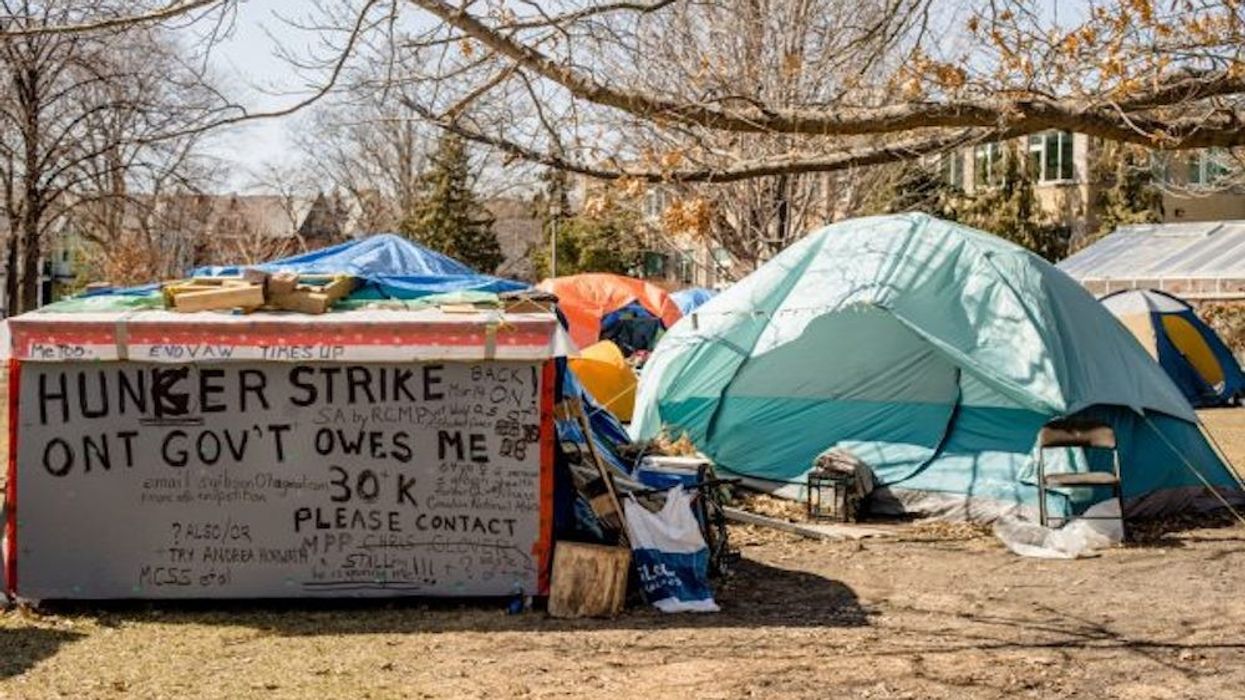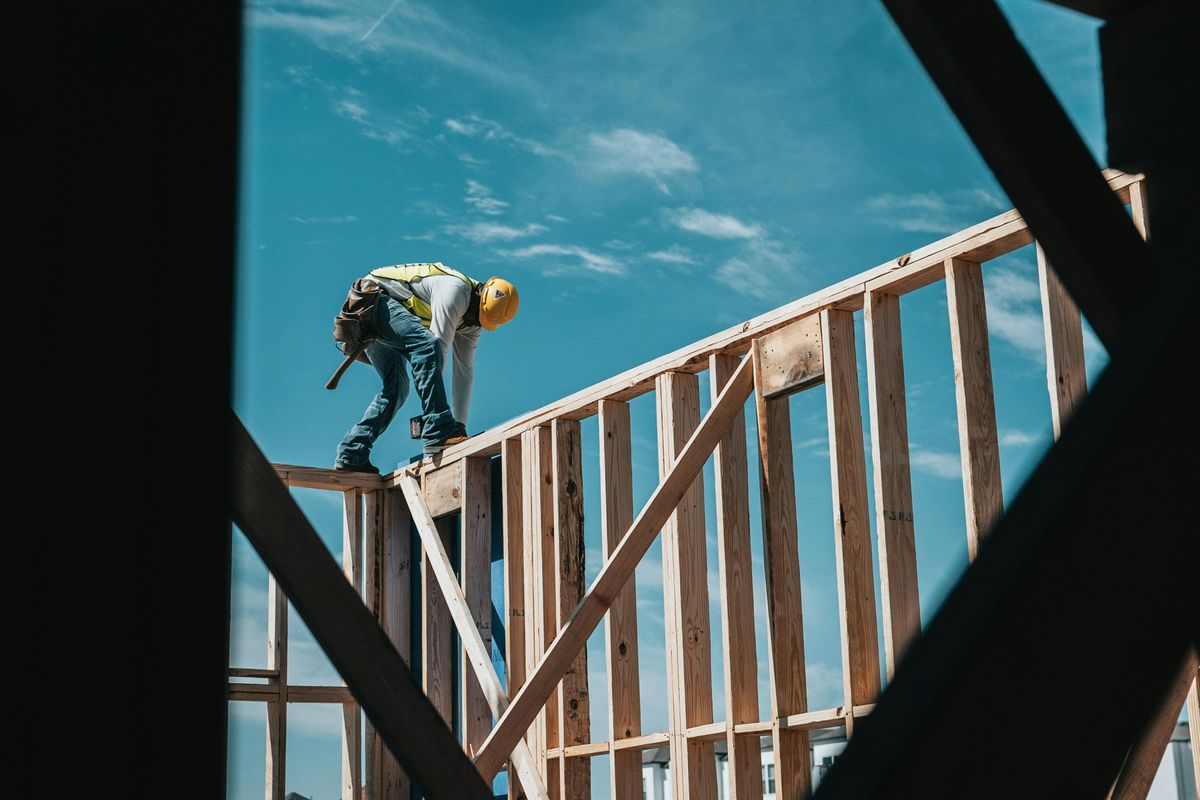A federally funded project has turned to AI to forecast the future of homelessness in Canada. And it's not looking great for York Region.
HelpSeeker Technology's computer algorithm uses 3,000 variables to predict different social and economic impacts of the pandemic throughout the country for homelessness, suicides, and domestic abuse. The data is stored, visualized, and synthesized for policy-makers to access in Helpseeker's Community Success Hub.
According to its modelling, the country could see an additional 1,236 people living on the streets in the next year –sadly, something that likely comes as no surprise to Greater Toronto Area (GTA) residents. Much of this growth is expected in Ontario, where homeless residents grow five times the national rate. Of particular concern is York Region, where homelessness could grow at 75 times the national average in the next year.
READ: Toronto to Add 233 Affordable Homes with $132M Commitment From Feds
British Columbia (BC) follows Ontario, where homelessness is expected to grow at three times the national rate. It’s no coincidence that the cost of living and housing affordability is less attainable in both Ontario and BC than anywhere else in the country.
In Toronto, looking around city streets, it’s glaringly apparent that the homeless crisis is boiling at the surface. As the City continues its agenda to clear the crowded encampments in its parks, tensions are only mounting between elected officials and Toronto police and vulnerable residents and homeless advocates. The prospect of a looming fourth wave of the pandemic only compounds the crisis.
But machine learning can be used to make important decisions and meaningful changes.
"We were pleasantly surprised that we could actually deliver useful results using machine learning; when we looked at the top indicators connected to homelessness that we're generated by the algorithm, we were surprised to see the connection to education come up to the top," says HelpSeeker founder Dr. Alina Turner. "This reaffirms how important it is to build policy holistically vs silos -- everything is connected, and we now understand much more how this manifests in data.”
Understanding the dynamics of homelessness using new tools and technology like AI offers opportunities to plan for the future versus reacting to crises, says Turner. "We know, for instance, that each community is very different as well, so what works in one city is not the same in another. So, saying we need more supportive housing is one thing; but saying we need X units targeting this specific group by X year, that's more interesting," she says.
Turner stresses that we can't work on homelessness policy in a vacuum. "The algorithm results reaffirmed we need a whole-of-government approach; we need education, social services, justice, housing, immigration, and Indigenous policy all lined up, or we will keep generating a fragmented social safety net, of which homelessness is a symptom," says Turner.






















